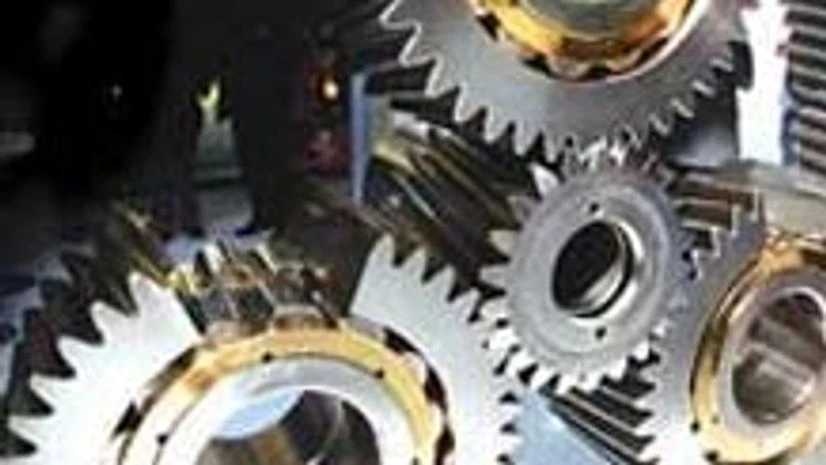A spark of industrial recovery in July refused to sustain as factory production remained almost stagnant in August, pulled down by contraction in manufacturing and mining.
Official data released today showed that industrial growth fell to 0.6% in August against 2.7% in the previous month, dashing hopes of early economic revival. The growth in August, 2012 stood at 2%.
It was only electricity in broad sectors which fuelled the Index of Industrial Production (IIP) to an extent by clocking 7.2% in August. As such, electricity gave a 0.7% push to IIP as it constituted 10% of the total index.
Also Read
However, this was more or less nullified by contraction in manufacturing by 0.1% and mining by 0.2%. Manufacturing again fell after rising by over 3% in July. The data came on a day when finance minister P Chidambaram pinned his hope of economic recovery on reversal in contraction in the manufacturing sector among other factors.
"This shows industrial output continues to be stagnant. In fact, there was never any recovery in this year so far", said Madan Sabnavis, chief economist at CRISIL.
With this, industrial growth stood at just 0.1% in the first five months of the current financial year against 0.2% in the same period of 2012.
Experts said that major disappointment was the consumer durable goods segment which fell 7.6% in August compared to one% growth in the corresponding period of 2012. This was the fifth month in a row that consumer durable goods production declined. "Usually August marks the beginning of festive season but there seems to be a low demand among consumers", said Sabnavis.
To perk up demand for consumer durable products, the Finance Ministry has decided along with RBI to infuse capital in public sector banks to provide loans for these products at cheaper rates. However, experts said the move is aimed at improving sentiments.
"It looks tough for policy makers to bail out the economy, there could be a revival but that would remain very marginal", said Sabnavis.
However, ahead of the festive seasons, there could be some demand for such goods. "Consumer durables may pickup but only in the third quarter", said Anis Chakravarty, senior director, Delloitt India.
Consumer non-durables goods production increased by 5% in August against 6% in same month of 2012, as people continued to buy stuff of day-to-day needs despite high borrowing costs. Intermediate goods grew 3.6% against 2.7%.
Industrial growth in July, 2013 was largely because of capital goods which rose 15.6%. However, the production declined 0.2% in August, clearly showing how volatile is the capital goods segment.
In July, capital goods were mainly driven by 83.6% expansion in electrical equipment. In August, the growth was 26%.
"Maybe there was some problem in the data or that was a one-off order in that month", said Chakravarty. He said that, it was the capital goods volatility which led the growth in the previous month, unlike this month when the growth in this segment is subdued.
The narrow base of industrial recovery for the month of July could also be gauged from the fact that 11 out of 22 segments in manufacturing posted growth in that month. However, 14 segments showed expansion in August, but even then manufacturing contracted.
The problem in capital goods also related to the supply side compressed by liquidity tightening. "This, along with continued high borrowing costs have constrained investment. Hence, effective projects are not going on", said Chakravarty, adding, "Also, there have been lack of new orders."
The government is confident that the economy would recover from the second half. For that, industrial revival would play a key role from third quarter onwards.
"These will be critical. If if there is no pickup in capital and consumer goods, then it will be time to say good bye to a revival in industries", said Sabnavis. That would, in turn, affect the Gross Domestic Product (GDP) growth as well.
The GDP growth debate picked up pace recently when the International Monetary Fund (IMF) cut India's growth forecast for 2013-14 to 4.25%. However, the government immediately disapproved of the prediction and termed it a "pessimistic."
After economic growth fell to a four-year low of 4.4% in the first quarter of the current financial year, the Finance Ministry said GDP expansion would be higher in the second quarter. It expected economic growth to pick up from the second half to yield over five% growth this financial year, a claim contested by independent analysts.

)
